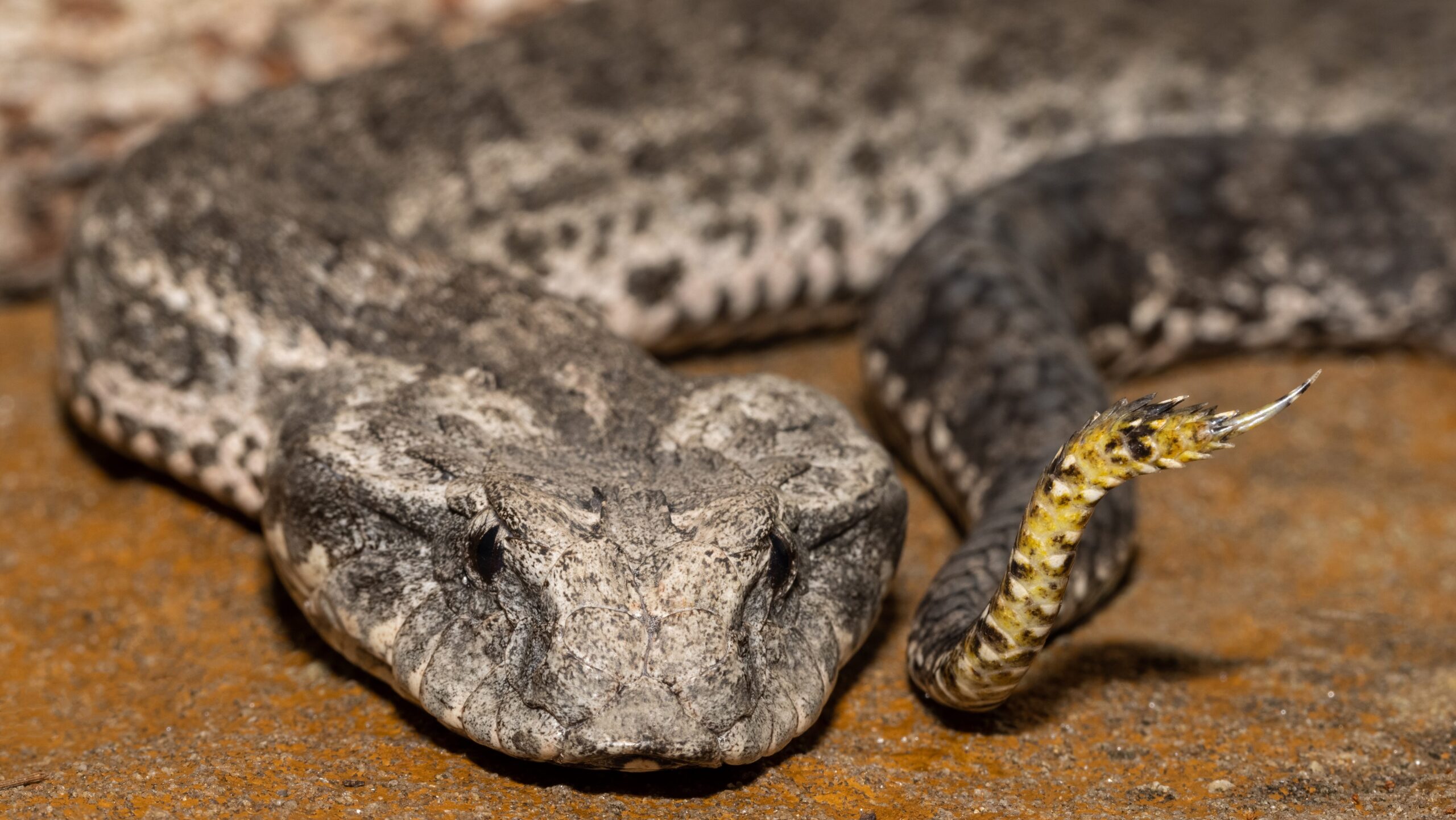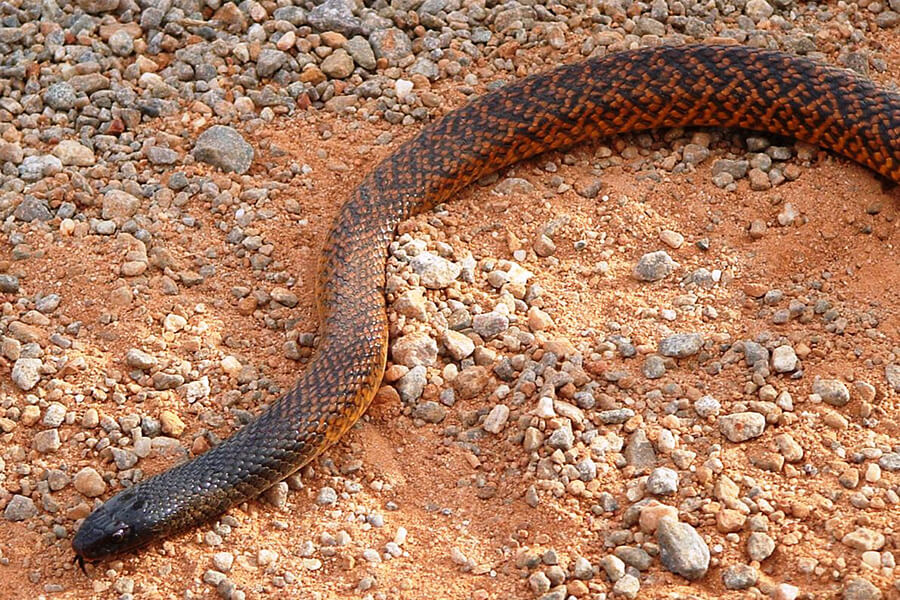Introduction
The Tasmanian tiger snake, scientifically referred to as Notechis scutatus, is one of Australia's most fascinating reptiles. Found largely in Tasmania and its surrounding islands, this snake has amassed focus not just for its striking appearance however likewise for its complicated habits and vital function in the ecosystem. This article will check out the different facets of the Tasmanian tiger serpent's environment, behavior, makeup, and interactions with human beings while supplying crucial details concerning safety measures in instance of a snake bite.
Whether you're bandi bandi a researcher, a wildlife lover, or just a person interested concerning these remarkable creatures, this extensive guide guarantees to supply understandings that are both helpful and appealing. So allow's start this journey to understand the Tasmanian tiger snake better!
The Tasmanian Tiger Snake: An Overview
Physical Attributes of the Tasmanian Tiger Snake
Tiger snakes are identified by their distinct pigmentation and patterns. They commonly display a mix of yellow or lotion red stripes on a dark brownish or black background-- for this reason the name "tiger." Adult tiger serpents can mature to about 2.1 meters long, although the majority of people balance around 1.5 meters.
Key Functions:
- Coloration: Differs from dark brownish to olive environment-friendly with lighter bands. Size: Grownups generally vary from 1.2 to 2.1 meters. Head Forming: Definitely wide with noticeable eyes.
Distribution and Environment of the Tasmanian Tiger Snake
The Tasmanian tiger snake predominantly populates seaside areas, wetlands, marshes, and grasslands in Tasmania. It prospers in atmospheres where it can easily gain access to water sources given that it is frequently discovered near streams or lakes.
Habitat Preferences:

- Wetlands: Perfect for searching victim like frogs and small mammals. Coastal Locations: Deals abundant food resources. Grasslands: Supplies cover and basking spots.
Understanding Tiger Serpent Behavior
Feeding Routines of the Tasmanian Tiger Snake
Tiger serpents are carnivorous and opportunistic feeders. Their are golden crowned snakes venomous diet is composed primarily of frogs, fish, little animals, and birds. They rely on http://titushjcy194.tearosediner.net/australian-snakes-and-their-bites-essential-first-aid-information-1 their keen eyesight and swift motions for hunting.
Dietary Break down:
- Frogs: A primary part due to abundance in marsh habitats. Fish: Often captured when swimming in shallow waters. Small Animals: Sometimes victimize rodents.
Breeding Habits of the Tasmanian Tiger Snake
Tiger snakes have a fascinating reproductive cycle. Mating generally occurs in springtime after emerging from hibernation. Female tiger snakes bring to life live young rather than laying eggs, which is rather special amongst reptiles.
Reproductive Cycle:
- Mating Period: Springtime (September to November). Gestation Period: Approximately three months. Litter Size: Varieties from 20 to 40 baby tiger snakes.
Aggression and Defense Mechanisms of the Tasmanian Tiger Snake
Though they can be hostile when intimidated, tiger serpents frequently like to pull away as opposed to confront risk straight. Their primary defense mechanisms consist of biting when collared or showing their dimension through hissing.
Defensive Approaches:
- Hissing Noise: A warning signal showing distress. Bite Reaction: A last resort when escape alternatives are limited.
Are Tiger Snakes Venomous? Recognizing Their Venom
Venom Structure and Effects
Yes! The Tasmanian tiger serpent is poisonous. Its poison consists of neurotoxins that can create severe damage or perhaps death if left neglected. The impacts of a bite can consist of paralysis, swelling at the bite site, nausea or vomiting, and various other systemic symptoms.

Venom Features:
- Neurotoxic Elements: Impact nerves functioning. Hemotoxic Results: Can result in cells damage.
Common Signs and symptoms Following a Tiger Snake Bite
Recognizing signs and symptoms quickly is important for effective first aid management after a serpent bite:
- Severe discomfort at bite site Swelling Nausea or vomiting Difficulty breathing
First Help for Snake Bites: What You Required to Know
Immediate Tips After a Tiger Serpent Bite
In instance you experience a situation including a tiger snake bite, it's important to act swiftly:
Call emergency situation services immediately. Keep the affected limb immobilized in mind level. Remove tight apparel or jewelry around the bite site.Creating Your Serpent Bite First Aid Kit
Having a properly equipped emergency treatment kit can make all the distinction throughout emergencies:|Product|Function|| ------|---------|| Compression bandage|To immobilize limb|| Splint|To support hurt area|| Antibacterial wipes|For cleansing injuries|
FAQs Concerning the Tasmanian Tiger Snake
What do baby tiger snakes eat?
Baby tiger serpents largely prey on little bugs and amphibians until they grow large sufficient to quest larger prey like frogs or small fish.
How unsafe is a tiger serpent bite?
A tiger snake bite can be incredibly dangerous because of its potent poison; instant clinical focus is essential for survival.
Where are eastern tiger snakes found?
Eastern tiger snakes populate coastal areas across southeastern Australia yet are much less typical than their Tasmanian counterparts.
What needs to I do if I see a tiger snake?
Maintain your distance; do not try to handle it unless you're trained to do so-- most attacks take place throughout efforts at capture or mishandling.
Can I survive without antivenom after being bitten?
While some people might endure without antivenom relying on numerous factors such as wellness conditions and time considered treatment; seeking immediate medical help is constantly suggested as it substantially enhances survival chances.
Are there any type of certain precaution I need to take while treking in Tasmania?
Always put on strong boots, stay on marked tracks, avoid tall lawn where presence may be limited; acquaint on your own with local wild animals before heading out into nature!
Conclusion
The Tajamanian tiger serpent represents an important part of Australia's rich biodiversity landscape both environmentally as predators and culturally as signs within Australian mythology. Comprehending their habitat choices in addition to behavior supplies understanding right into just how we can exist together safely while respecting wildlife limits-- bearing in mind that understanding leads us in the direction of more secure journeys outdoors!
By staying informed regarding prospective threats such as envenomation from attacks while also taking safety nets ensures positive experiences when encountering these remarkable animals!

In final thought, whether you're interested by their striking look or astounded by their intricate habits-- the Tasmanian tiger serpent definitely deserves acknowledgment beyond mere attraction-- it encapsulates nature's beauty intertwined delicately within our ecosystems!